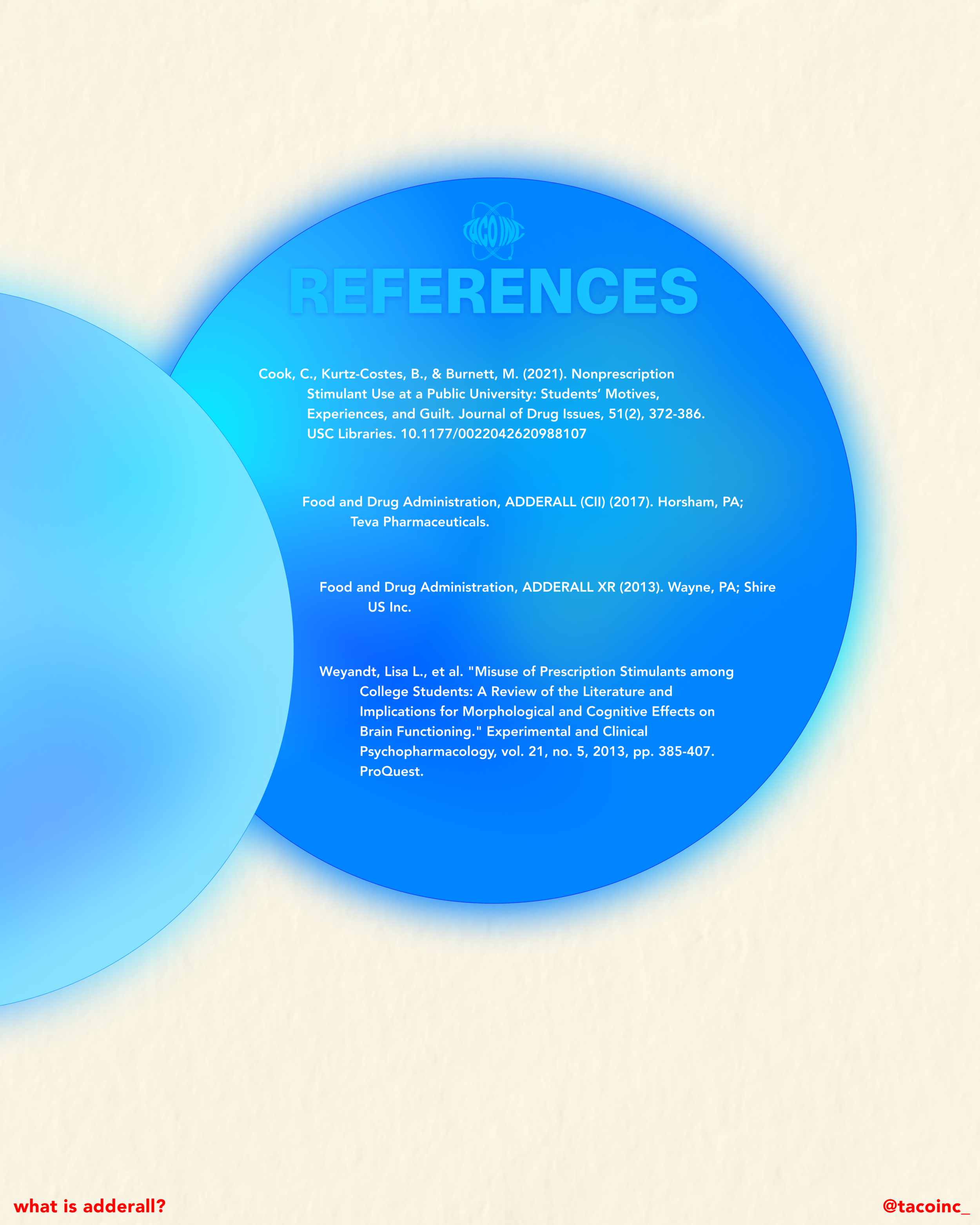Relative Selectivity of Covalent Inhibitors Requires Assessment of Inactivation Kinetics and Cellular Occupancy: A Case Study of Ibrutinib and Acalabrutinib
Por um escritor misterioso
Descrição

A Perspective on the Kinetics of Covalent and Irreversible Inhibition

Deciding between one-step and two-step irreversible inhibition mechanisms on the basis of “kobs” data: A statistical approach
Btk turnover in Ramos cells. Target occupancy as a function of time

Kinetic mechanisms of covalent inhibition - ScienceDirect
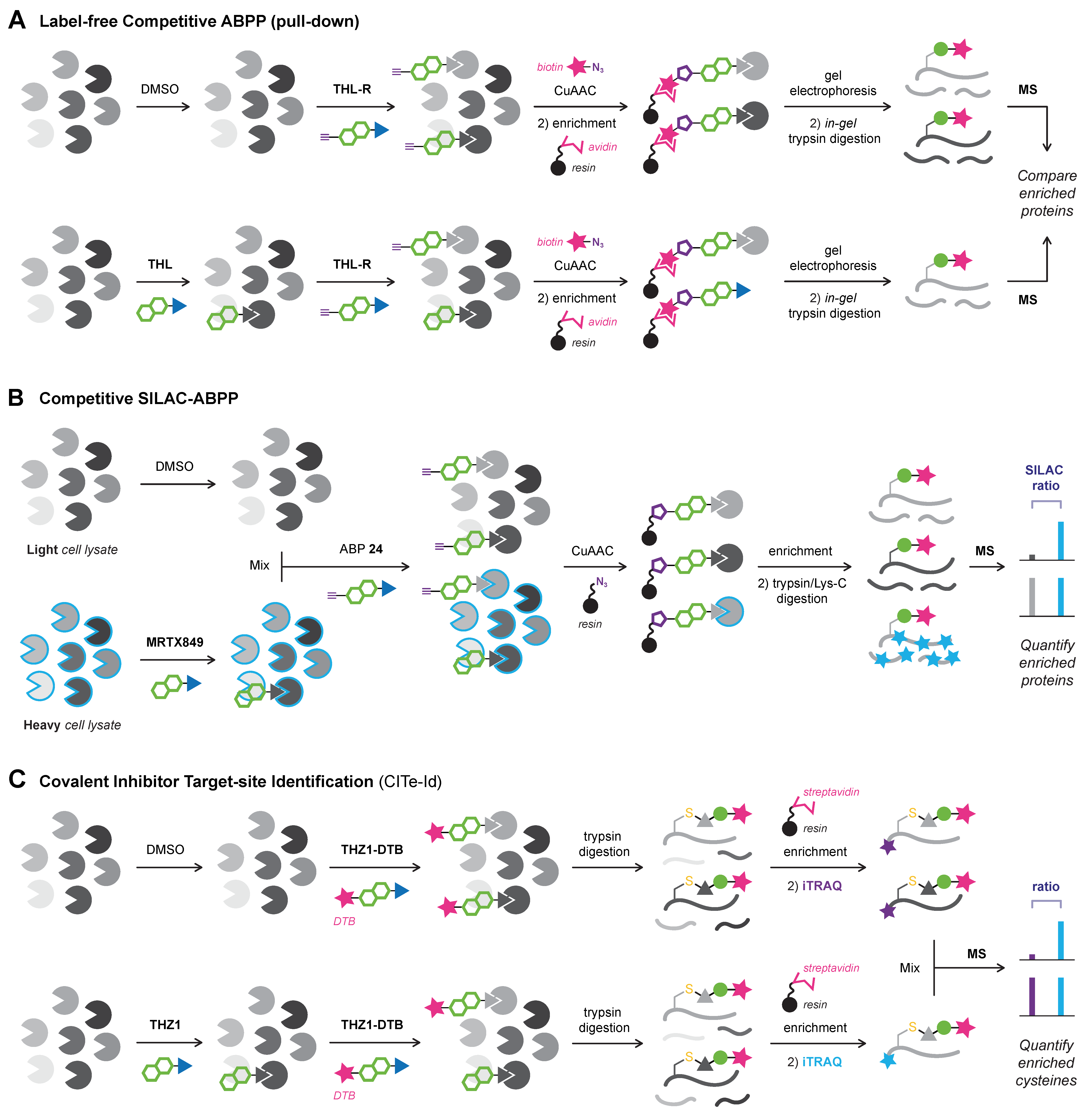
Pharmaceuticals, Free Full-Text
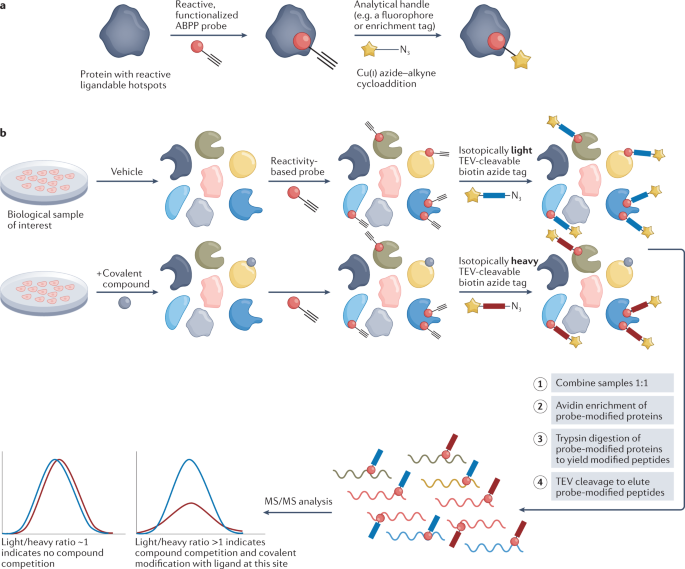
Advances in covalent drug discovery

Covalent Modifiers: 2017

Toward Atomistic Modeling of Irreversible Covalent Inhibitor Binding Kinetics

Full article: Drug delivery targets and strategies to address mast cell diseases

A guide to enzyme kinetics in early drug discovery - Srinivasan - 2023 - The FEBS Journal - Wiley Online Library

Pharmaceuticals, Free Full-Text
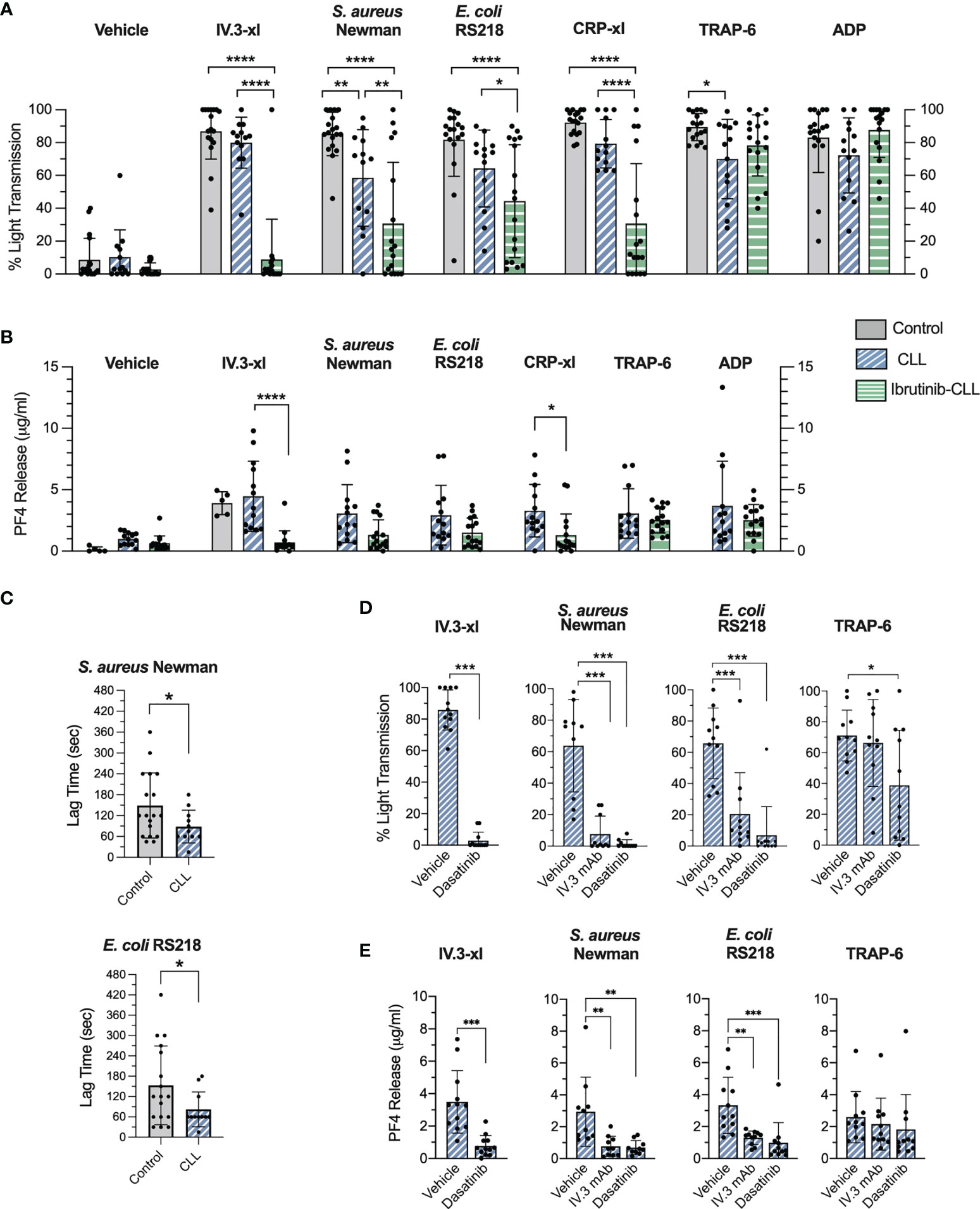
Frontiers Bruton's Tyrosine Kinase Inhibitors Impair FcγRIIA-Driven Platelet Responses to Bacteria in Chronic Lymphocytic Leukemia

Development of covalent inhibitors: Principle, design, and application in cancer - Zheng - 2023 - MedComm – Oncology - Wiley Online Library

Relative Selectivity of Covalent Inhibitors Requires Assessment of Inactivation Kinetics and Cellular Occupancy: A Case Study of Ibrutinib and Acalabrutinib
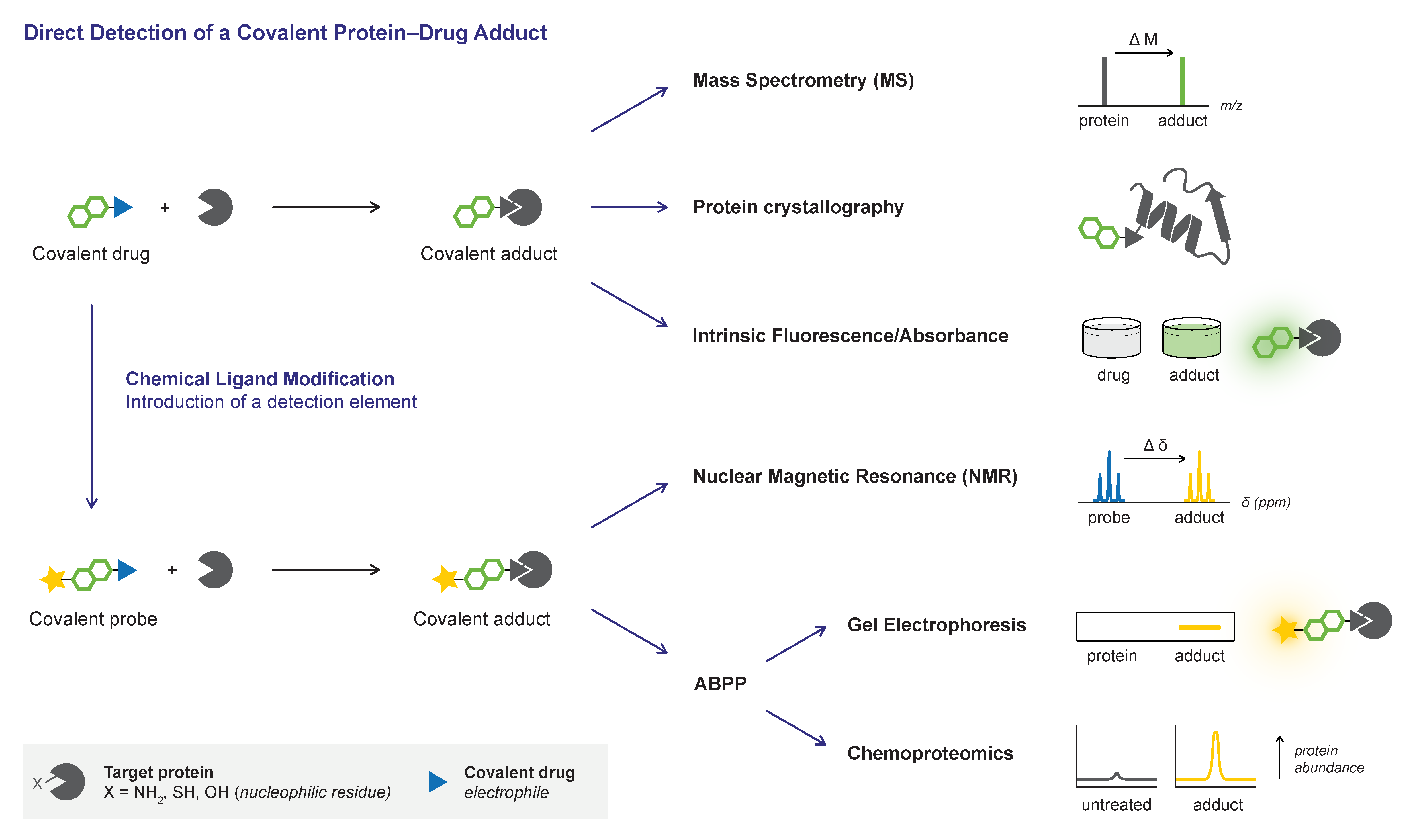
Pharmaceuticals, Free Full-Text
de
por adulto (o preço varia de acordo com o tamanho do grupo)


